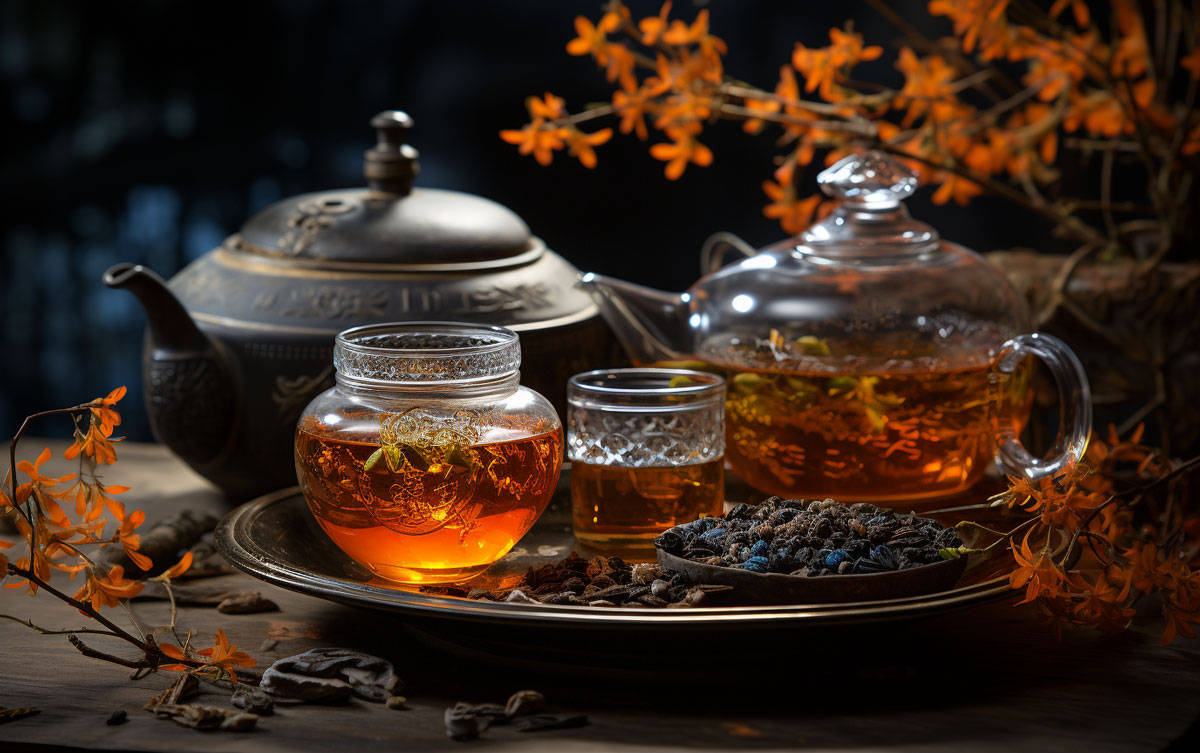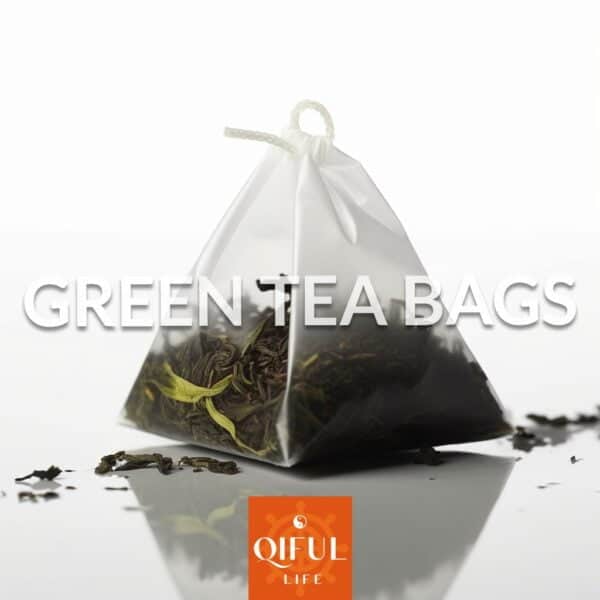Gourmet Tea » Tea Blog » Tea Information » What is the Definition of Tea?

What is the Definition of Tea?
While the definition of tea might seem obvious, there is a much broader scope of how to think about it. In this article we review what all the components that constitute tea.
To begin, the definition of tea incorporates botanical, classification, cultural, historical and evolution components.
Botanical Classification
Tea is scientifically classified under Kingdom Plantae, Angiosperms, Dicotyledoneae, Archichlamydeae, Order Ericales, Family Theaceae, Genus Camellia, Subgenus Thea Chang, Section Thea, and Series Sinenses Chang. The most commonly cultivated tea is Camellia sinensis (L) O. Ktze. Other species within Section Thea exist, but they remain mostly uncultivated.
Classification of Teas
Teas can be classified based on processing method, color, place of production, level of fermentation, and season. Common classifications include green tea, black tea, yellow tea, oolong tea, red tea, and white tea. Regional classifications include Shu tea (Sichuan), Dian tea (Yunnan), Zhe tea (Zhejiang), and Min tea (Fujian). Teas also fall into categories of full fermented, half fermented, or lightly fermented. Seasonal classifications include spring, summer, fall/autumn, and winter tea. The basic classes of teas are green tea and oolong tea, while additional processed teas include yellow tea, red tea, flower tea, pressed tea, fruit tea, and healthy tea.
Symbolism and Cultural Significance
Tea symbolizes longevity, as reflected in the Chinese character 茶 (cha), which contains components signifying the numbers 20, 8, and 80, totaling 108. People over 108 years old are called “Cha Sui Lao Ren,” signifying longevity. Tea is often given as a gift during festivals, symbolizing healthiness.
Historical Names for Tea:
Throughout history, tea has been referred to by various names, including Cao Zhong Ying, Luo Nu, Cao Da Chong, Bu Ye Hou, Li Xiang Cao, Tu, Rao, She, Ming, Chuan, Jia, Jia Meng, Jiao, Cha Chuan, Ku Cha, Ku Tu, Yao Ming, Xiang Ming, Chuan Cha, Xing Cao, Yao Cha, Lao Lü, and Ming Jiang, among others.
Evolution of the Term “Tea” (茶):
During the Tang Dynasty, the most used names for tea were “cha” (茶) and “tu” (荼). Emperor Tang Xuanzong’s book, “The Pronunciation and Meaning of Characters of Kaiyuan,” contributed to the replacement of “tu” with “cha.”



